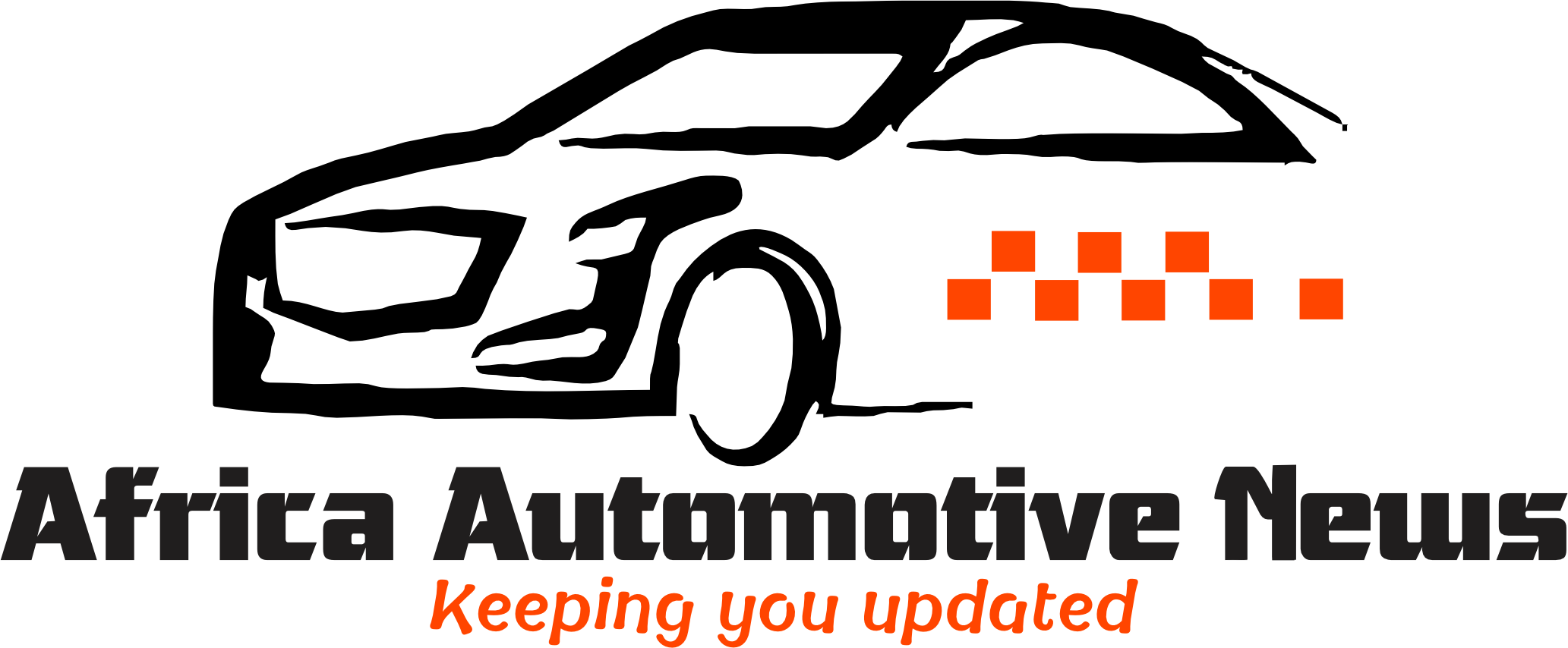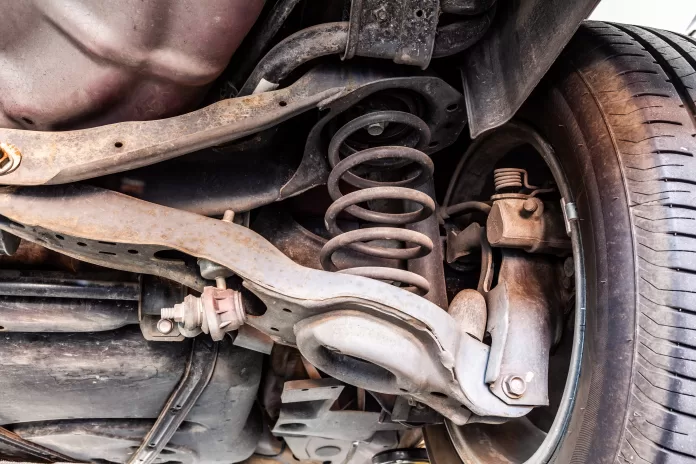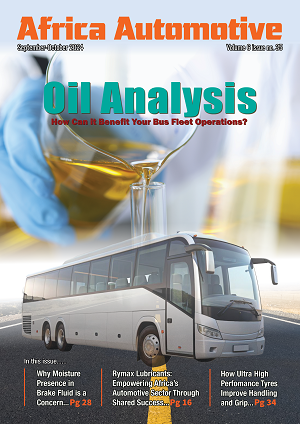A control arm is an important component of your vehicle’s suspension system, it connects the steering knuckle to the vehicle’s frame. Its primary function is to provide stability and support while allowing the wheels to move up and down with the road’s surface. Control arms usually come in pairs, with one on each side of the vehicle’s axle.
Several symptoms can indicate that your control arms are nearing the end of their lifespan or have sustained damage. These signs often manifest gradually, making early detection challenging but crucial. Here are some key indicators that you should be aware of:
Signs of a Failing Control Arm
Steering Wheel Vibration: A failing control arm can cause your steering wheel to vibrate, especially when driving at high speeds. This vibration is caused by the loose or worn-out bushings in the control arm, which can no longer absorb the shock and vibration effectively.
Uneven Tyre Wear: Uneven tyre wear can lead to more severe problems to the vehicle. The control arm is responsible for maintaining the proper alignment of your wheels and if it’s failing, your wheels may become misaligned, leading to uneven tyre wear.
Noisy Suspension: If you hear clunking, knocking or creaking noises coming from your suspension system, it could be a sign of a failing control arm. These noises can be caused by loose or worn-out bushings, which can no longer provide the necessary support and cushioning when going over bumps or turning. Note when these sounds occur—is it more pronounced at low speeds, during turns or when driving over uneven surfaces? This information will be helpful when describing the problem to a mechanic.
Steering Pull: If your vehicle tends to pull to one side while driving, it could be a sign of a failing control arm. This steering pull can be caused by misalignment, which can result from a loose or worn-out control arm.
Unstable Vehicle: A failing control arm can also cause your vehicle to become unstable, especially when driving at high speeds or making sharp turns. This instability can be caused by the control arm’s inability to provide the necessary support and stability.
Why You Should Address these Signs Promptly
If you notice any of the signs mentioned above, it is important to seek professional help immediately. A qualified mechanic can perform a thorough inspection of your control arms, bushings and ball joints, using specialized tools to detect even subtle signs of wear. He/she can determine the extent of the damage and recommend the necessary repairs or replacements.
Delaying repairs can lead to more extensive and expensive damage, compromising your safety and potentially causing an accident. Prioritize getting your vehicle inspected if you suspect a failing control arm ensuring that your vehicle remains safe and roadworthy. Do not continue driving your vehicle if you suspect a serious problem with your suspension system.




